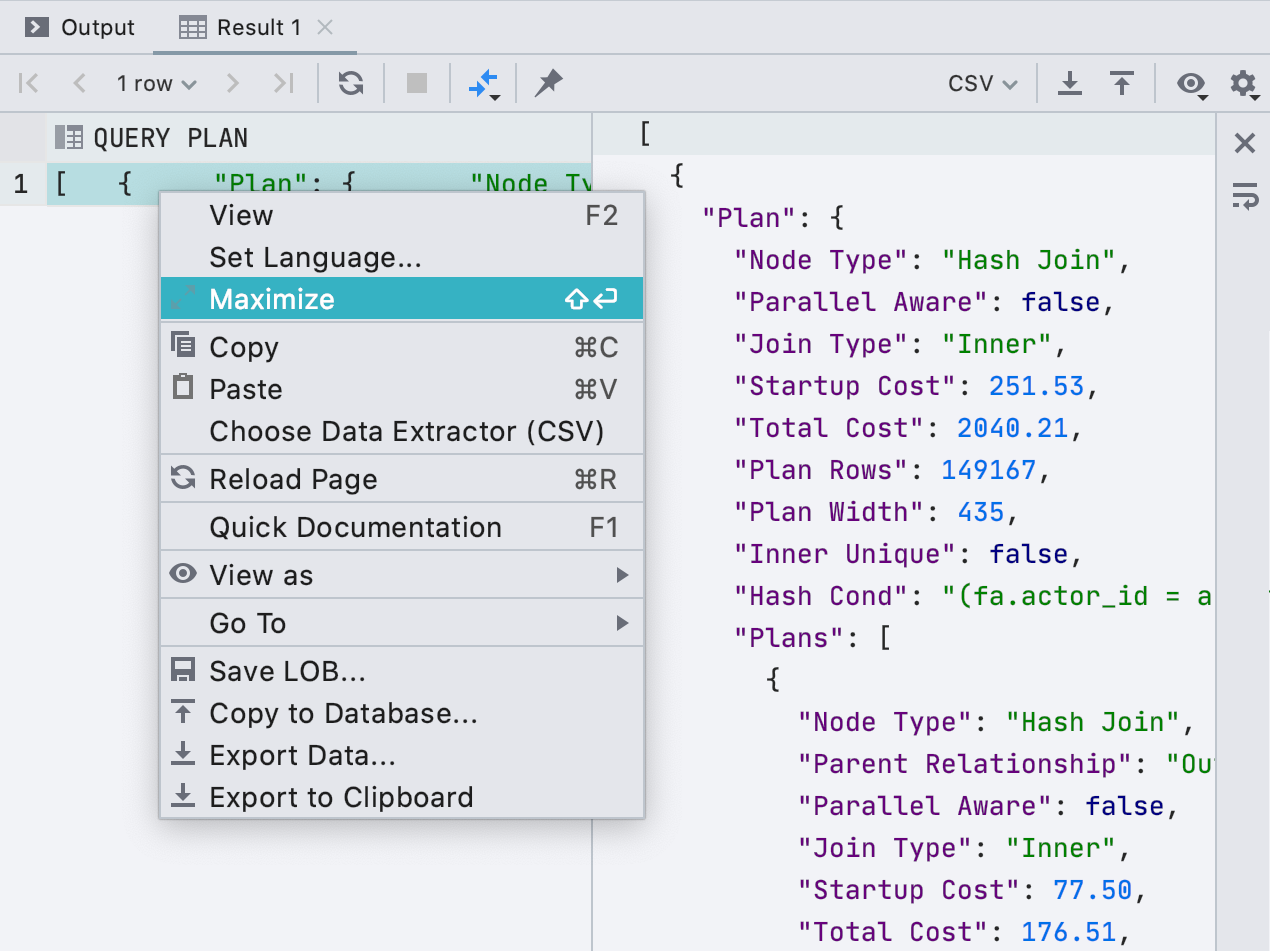

#DATAGRIP MONGODB HOW TO#
Using these simple steps shows how to create a database, a collection, and insert documents. > db.user.insert(Ĭlick "Insert to add" the documents to your collection. To add a document to your database, use the db.collection.insert() command.

This data could be a collection or a document. MongoDB only creates the database when you first store data in that database. If you enter the show dbs command, the result should still be the same: > show dbs Note that, for now, only the context has been changed. In order to create a database, you will first need to switch the context to a non-existing database using the use command: > use myshinynewdb There is no “create” command in the MongoDB Shell. Note that admin and local are databases that are part of every MongoDB cluster. Once you have access to a cluster via the MongoDB Shell, you can see all the databases in the cluster that you have access to using the “show” command: > show dbs

Prerequisites for using the CLI with MongoDB Atlas
#DATAGRIP MONGODB SOFTWARE#
A shell is a program that allows you to enter commands into a software system. To create a database using a command-line interface, the first task is to get access to the MongoDB cluster you are using via the MongoDB Shell. Like most complex software systems, MongoDB can be controlled with what is called a command-line interface, often referred to as a CLI.īy entering commands into the CLI, you tell MongoDB how to operate, get information about how the MongoDB cluster is running, and perform fundamental actions like the one we will cover today: creating a database. You can manually enter new documents, or connect to the database using any of the MongoDB drivers. Once these fields are filled, click on “Create” and your database will be created for you. This will open up a modal, asking you for a database name and collection name. If there are no databases in this cluster, you will be presented with the option to create your first database by clicking on the “Add My Own Data” button. Deploy your first cluster in less than 10 minutesĬreating a MongoDB Database with the Atlas UIįrom your cluster page, click on “Browse Collections.”.
#DATAGRIP MONGODB FREE#
Register a free Atlas account with your email address (no credit card required).To create a database on MongoDB Atlas, you will need to register an Atlas account and create your first forever-free cluster: This free tier is more than enough for the purposes of this article. A free tier is available with basic database functionalities. The easiest way to get started with MongoDB is by using the Atlas developer data platform. All methods are available for MongoDB Atlas, MongoDB’s developer data platform, and for self-managed clusters. In this article, we will cover how to create a database using the MongoDB Atlas UI (User Interface), the MongoDB Shell (mongosh), or using Compass, the MongoDB GUI. So you want to try MongoDB, but you're not sure how to create a database.


 0 kommentar(er)
0 kommentar(er)
